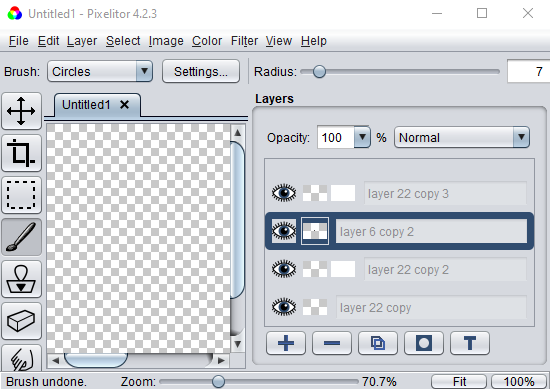


The staggering increase in computing power from the 1970s to the 1990s spawned paint applications such as Painter on personal computers. The entire system using Data General hardware took up two 5' racks (see SuperPaint). Created by Richard Shoup in the early 1970s at Xerox PARC, it was the first program to use a graphics frame buffer for "painting" an image as well as capturing and editing video. This on-screen tool palette from SuperPaint was very sophisticated for its time. Paint programs (bitmapped graphics) provide a single canvas to be covered with "electronic paint," and the only way to make changes is to paint over the existing image. Objects in a drawing program (vector graphics) can be resized and reshaped over and over again. See graphics, image editor and SuperPaint.Īlthough more painting tools are added to drawing programs and more drawing tools are added to paint programs, their inherent structure is different. However, unlike illustrations created in a drawing program, bitmapped images cannot be resized (scaled) smaller and larger without loss of quality. Colors can be changed and parts or all of an image can be run through image filters to create a wide variety of special effects. However, the foremost paint program is Corel's Painter, which provides an unbelievable number of features (see Painter).īitmapped images are much like an artist's canvas, as all the elements in the scene are "painted" together.
#Raster graphics editor free windows
Windows comes with Paint, an elementary paint program, and image editors such as Photoshop provide a basic set of painting tools. The images are generated as "bitmapped graphics," which are a matrix of picture elements (pixels). paint programAn application that allows the user to simulate painting on the computer by using the mouse or a graphics tablet. McGraw-Hill Dictionary of Scientific & Technical Terms, 6E, Copyright © 2003 by The McGraw-Hill Companies, Inc.


 0 kommentar(er)
0 kommentar(er)
